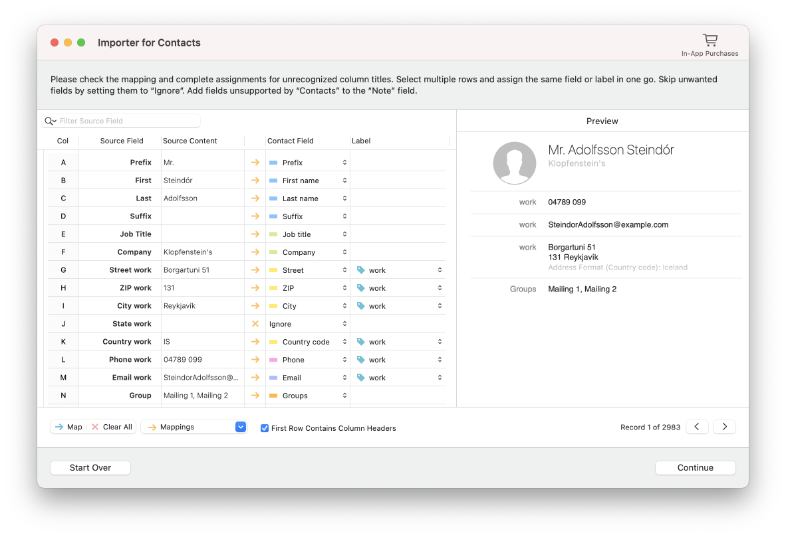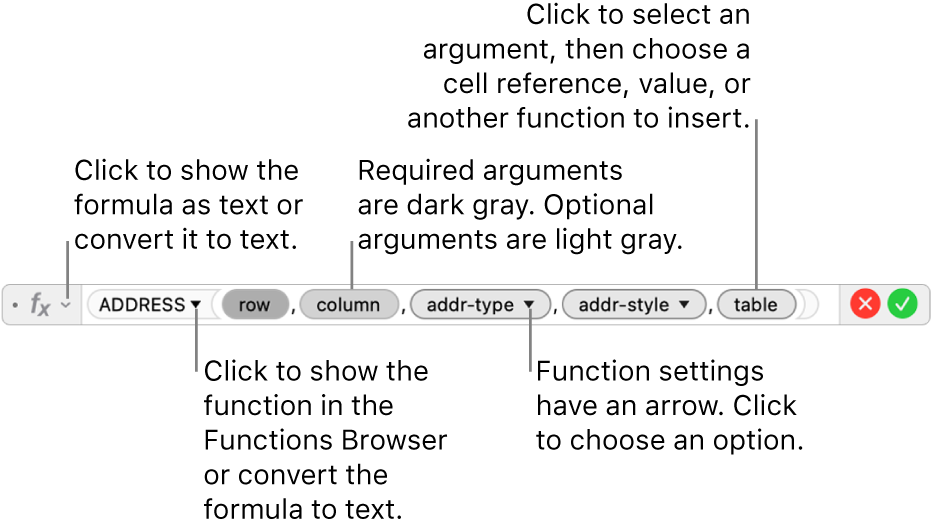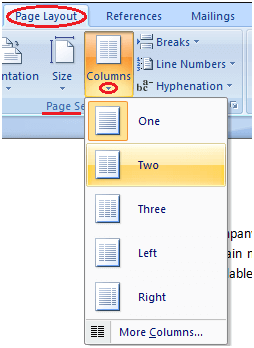- Split Text To Columns In Mac For Addresses
- Split Text To Columns In Mac For Addresses Online
- Split Text To Columns In Mac For Addresses Using
- Split Text To Columns In Mac For Addresses Free
- Split Text To Columns In Mac For Addresses Without
Very often you may have to manipulate a column of text in a data frame with R. You may want to separate a column in to multiple columns in a data frame or you may want to split a column of text and keep only a part of it.
You can use the LEFT, MID, RIGHT, SEARCH, and LEN text functions to manipulate strings of text in your data. For example, you can distribute the first, middle, and last names from a single cell into three separate columns. The key to distributing name components with text functions is the position of each character within a text string. Split Text To Columns In Mac For Addresses. 0 Comments Click Next and then choose the format for your new columns. If you don't want the default format, choose a format such as Text, then click the second column of data in the Data preview window, and click the same format again. Repeat this for all of the columns in the preview window.
tidyr’s separate function is the best option to separate a column or split a column of text the way you want. Let us see some simple examples of using tidyr’s separate function.

Let us first load the R packages needed to see the examples with separate function.
Let us create a small data frame with a column of text separated by underscore.
The data frame contains just single column of file names.
How to Split a Single Column into Multiple Columns with tidyr’ separate()?
Let us use separate function from tidyr to split the “file_name” column into multiple columns with specific column name. Here, we will specify the column names in a vector.

By default, separate uses regular expression that matches any sequence of non-alphanumeric values as delimiter to split.
In this example, tidyr automatically found that the delimiters are underscore and dot and separted the single column to four columns with the names specified.
Often you want only part of text in a column. Let us see another example of a data frame with column containing text, but this time we specify only three columns for our output.
Note that we provide just three columns in separate function.
The output of separate() in this example contains only three column as we specified. And we also see a warning, since we left out the extra element present after separating the text.
Split Text To Columns In Mac For Addresses
We can use argument extra=’drop’ to specify separate to drop anything extra without warning us.

Similarly, if we want only the first element after splitting, we can just specify only one column for our output.
Split Text To Columns In Mac For Addresses Online
If you want an element that is in the middle after separating with separate, we can use dplyr’s select function select the column needed. For example, if we need the second element ‘Month’, we can combine tidyr’s separate with dplyr’s select.
unite() to combine multiple columns to a single column
Split Text To Columns In Mac For Addresses Using

Sometimes you may want to do opposite ehat separate can do, i.e. combine multiple columns into a single column. You guessed it right, tidyr has a cool function to do that. tidyr’s unite() complements separate() and combine multiple columns into a single column.
Let us see an example of unite() combining two columns created by separate(). Here, we first separate a column into three columns and then use unite() to combine the first two columns into a single column.
Split Text To Columns In Mac For Addresses Free
The output is a dataframe with two columns, where the first column is the result of unite().